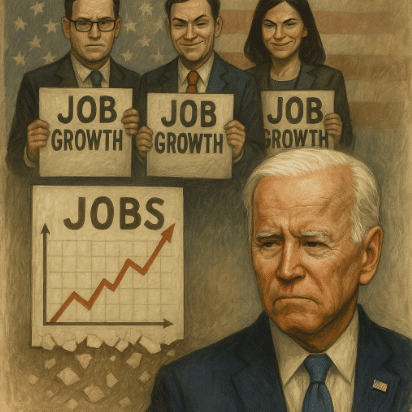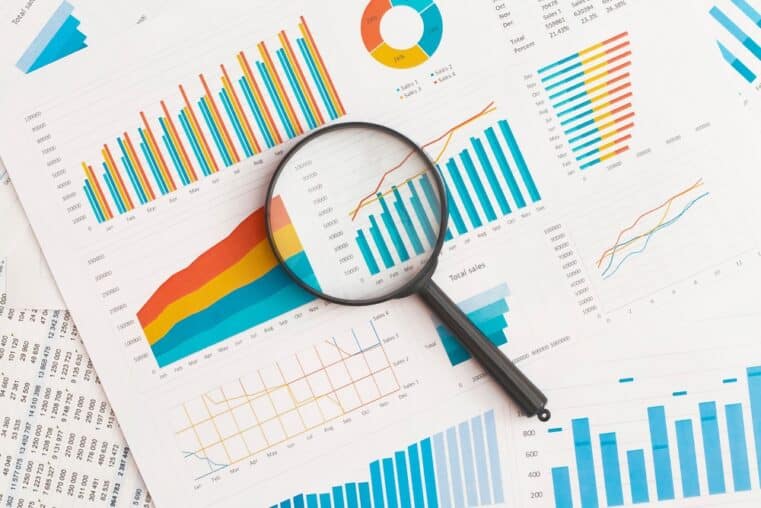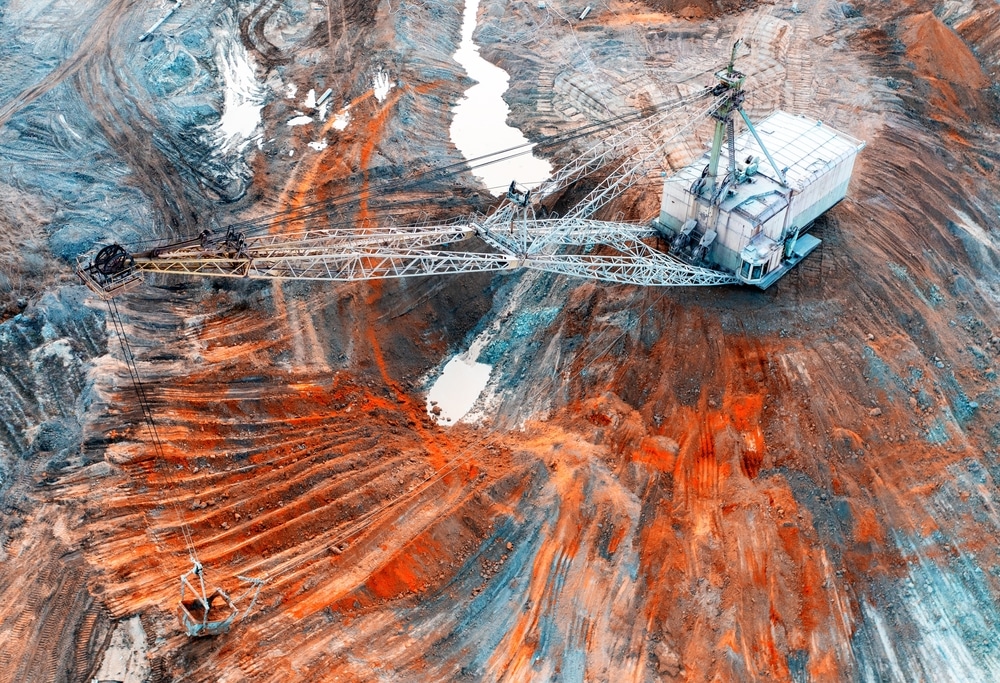
1FINANCIAL WMD: IRAN’S STRAIT-SHOCK PLAN TO DETONATE THE GLOBAL ECONOMY
Derivatives: The Fuse Beneath the Financial System
Derivatives aren’t just financial instruments—they’re financial WMDs. As Warren Buffett warned, they’re rigged like a spider web laced with explosives beneath the global economy. One massive oil price shock—say, from a crisis in the Persian Gulf—and that web turns into shrapnel. Margin calls flood in; banks crumble; entire markets shudder under the cascading collapse.
The Strait of Hormuz: Iran’s Geopolitical Kill Switch
Now, let’s bring Iran into frame.
The Strait of Hormuz isn’t just geography—it’s the financial digital deadman’s switch. It's the only sea passage for tens of millions of barrels of oil and LNG every day. Shut it down, and you're not just creating a supply hiccup—you’re triggering full-spectrum economic hypoxia. Think quadruple, maybe even sextuple the shocks of '73 and '79—because there’s simply no monetary lever that can manufacture physical oil.
The Derivatives Bomb: Detonation Sequence Engaged
What happens next is textbook derivative meltdown. Firms on the wrong side of trades crumble under surprise losses. Liquidity vanishes. Banks—the supposed bulwarks of stability—become the fall guys. The whole system, built on interconnected reliance and hidden exposures, fractures. 2008? That’ll feel like a sandbox dust-up in comparison.
Historic Oil Shocks Pale in Comparison
Remember 1973? The global economy lost about 9% of supply, oil prices quadrupled. The late '70s? 6% supply gone; prices nearly tripled. 1990 invasion of Kuwait? Roughly 7% gone; prices doubled. Now imagine 20% of global oil supply disappearing—overnight. That’s the financial apocalypse Iran is holding above the world’s head.
Central Banks Can’t Print Oil
Here’s the kicker: central bankers can print money, but they can’t print oil. That’s the real nuclear option. When the physical supply is gone, monetary fire-hoses are useless. Meanwhile, billowing lines of derivative positions are about as transparent as black-market operations—no one knows who will implode first.
The War Has Already Begun
And don’t think pops and glitzy trade negotiations will defuse this. Iran’s leverage spans decades: a theater of asymmetrical warfare, banking isolation, and strategic sabotage. The U.S. Navy’s war games say it bluntly: if Iran goes all-in, Hormuz closes—for weeks, maybe indefinitely.
So yes, we’re in the early scenes of a world war—where economic collapse doesn’t fall from the sky—it’s pulled, ignited, and detonated. The main stage isn’t Tehran’s deserts or Washington’s corridors—it’s your retirement fund, your grocery prices, your mortgage rate—and they’re rigged to implode if that Strait goes dark.
Watch the smoke. Read the wiring. Prepare for rupture.
Call to Action
Your autonomy hangs by a thread in this digital dust bowl. Prop up your survival toolkit. Download Seven Steps to Protect Yourself from Bank Failure by Bill Brocius. This isn't fiction—it’s your contingency plan.
Get the guide here











